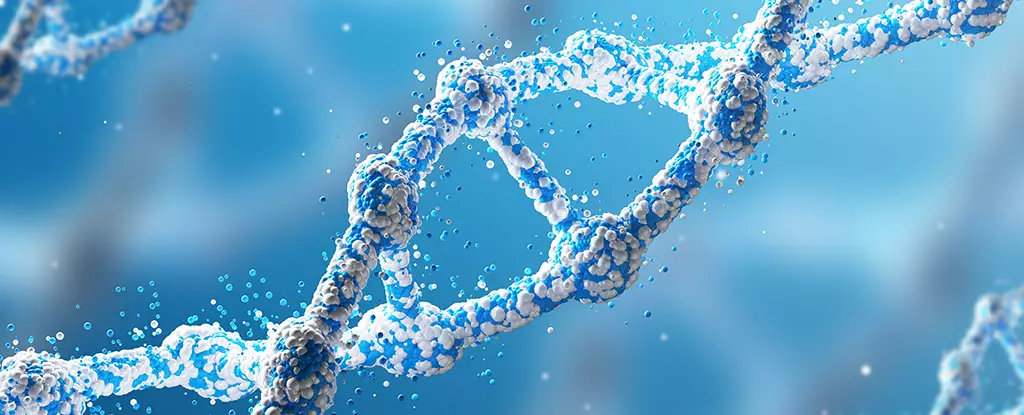In an era of advancing technology, the concept of swallowing artificial life forms to cure diseases may no longer be confined to science fiction. Researchers from the University of Southern Denmark and Kent State University have been studying the potential of hybrid molecules, combining DNA and protein, to develop artificial life forms that can analyze and eliminate diseases from within the body. This article critically examines the implications and possibilities of this groundbreaking research.
One of the key objectives of this innovative research is to create artificial life forms that can specifically target and combat health issues. By coding tiny engineered bio-bots, these entities could deliver specialized drugs or stimulate response cells in the immune system. As biotechnologist Chenguang Lou from the University of Southern Denmark explains, the intention is to develop an enemy to disease-causing viruses and other pathogens that currently have no natural adversaries.
To achieve this goal, the researchers are exploring the creation of engineered viruses, bacteria, and cells as potential artificial allies. While this technology is still in its nascent stages, the team has previously achieved successful results with peptide-DNA conjugates, which combine the precision of DNA coding with the versatility of peptides. Peptides, composed of amino acids, offer more significant maneuverability in manipulating chemical environments compared to DNA. This scientific breakthrough not only holds promise for artificial life forms but also for viral vaccines tailored to individual needs.
Scientists are continually improving their ability to edit DNA blueprints and merging them with peptides. This progress has resulted in the creation of nanomachines that can construct tiny nanostructures and transport cancer medication. Furthermore, hybrid molecules have also been instrumental in designing nanomachines capable of opening up channels in cell membranes. These developments could potentially be used to trigger targeted immune system responses or detect internal anomalies. Despite being a relatively new field, the adaptability and precise control offered by engineered molecules open up endless possibilities.
As the field of artificial life forms continues to evolve, researchers acknowledge that considerable progress is still required. While an artificial viral vaccine is estimated to be a decade away, the knowledge and research foundations available today hold tremendous potential for the future production of artificial cellular organisms. By leveraging the power of DNA manipulation and combining it with peptides, scientists can pave the way for revolutionary breakthroughs in personalized medicine and disease treatment.
With any emerging technology, ethical considerations inevitably arise. The creation and manipulation of artificial life forms raise questions related to the consequences, control, and potential misuse of such capabilities. Striking a balance between scientific progress and responsible innovation will be crucial in navigating the uncharted territory of artificial life forms. These concerns necessitate ongoing dialogue and collaboration between researchers, policymakers, and the wider society to ensure that the development and deployment of this technology align with ethical standards.
The future of medicine may witness the integration of artificial life forms into our healthcare systems. Researchers are making significant strides in developing hybrid molecules that hold the potential to combat diseases from within the body. From targeted drug delivery to personalized viral vaccines, these advancements have the power to transform healthcare as we know it. However, it is essential to approach this technology with caution, addressing ethical concerns while striving to unlock the tremendous benefits that artificial life forms can offer. As the field continues to evolve, the next decade may see groundbreaking developments that revolutionize disease treatment and provide new avenues for human well-being.



Leave a Reply